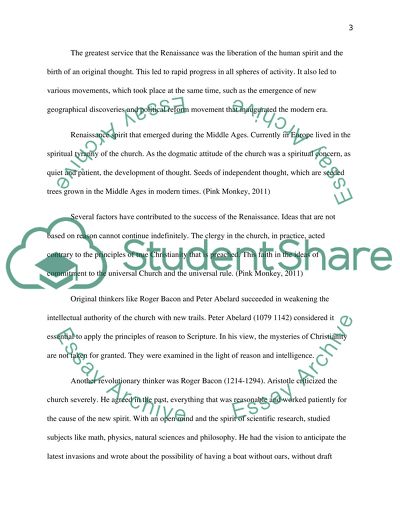Cite this document
(“An Artistic and Intellectual Revolution Essay Example | Topics and Well Written Essays - 1750 words”, n.d.)
Retrieved from https://studentshare.org/visual-arts-film-studies/1422415-an-artistic-and-intellectual-revolution
Retrieved from https://studentshare.org/visual-arts-film-studies/1422415-an-artistic-and-intellectual-revolution
(An Artistic and Intellectual Revolution Essay Example | Topics and Well Written Essays - 1750 Words)
https://studentshare.org/visual-arts-film-studies/1422415-an-artistic-and-intellectual-revolution.
https://studentshare.org/visual-arts-film-studies/1422415-an-artistic-and-intellectual-revolution.
“An Artistic and Intellectual Revolution Essay Example | Topics and Well Written Essays - 1750 Words”, n.d. https://studentshare.org/visual-arts-film-studies/1422415-an-artistic-and-intellectual-revolution.


